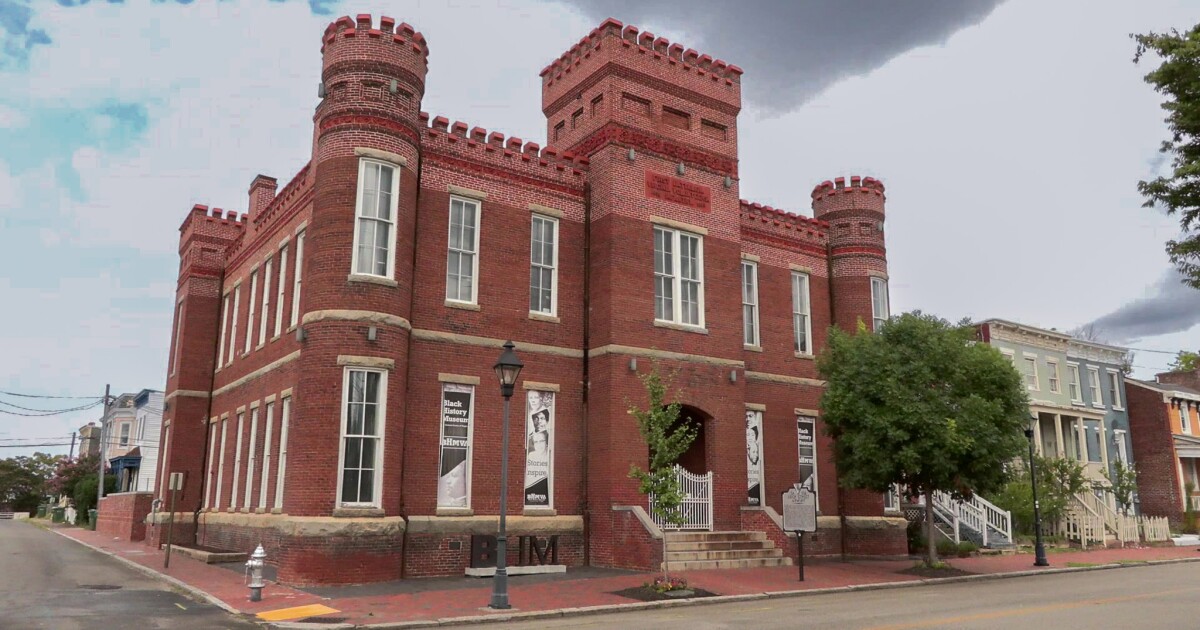
The National Park Service recently added the Black History Museum and Cultural Center of Virginia to a venerable list of historic sites key to telling America’s civil rights story.
Congress created the African American Civil Rights Network in 2017. The NPS-run program denotes historic spaces that tell the history of the civil rights movement and the sacrifices made by its participants. The government agency added seven new sites in the spring, including the Richmond-based museum.
Shakiea Gullette Warren, the Black History Museum’s executive director, said the new designation is an honor. According to her, it “means a great deal to the BHMVA as we endeavor each day to tell the stories of African Americans here in the commonwealth, and it also gives us an opportunity to expand what the Civil Rights movement means here in Virginia.”
Warren said the BHMVA fit the federal agency’s requirements for the recognition and that applying to become part of the network was a “no-brainer” in line with the institution’s mission: to preserve, collect and interpret African American history across the commonwealth.
“We get to expand that narrative, and we get to let people know that Virginia has always had a place in Brown v. Board and the civil rights movement,” she said.
Virginia can now claim two locations in the network: The Contrabands and Freedmen Cemetery and Memorial in Alexandria was added in 2021. About 1,800 African Americans who escaped from slavery during the Civil War are buried at the site.
Both spaces are among dozens of sites nationwide that make up the African American Civil Rights Network: the 16th Street Baptist Church in Birmingham, Alabama, where four girls were killed in a 1963 bombing; activist Medgar Evers’ home in Jackson, Mississippi; and the Lorraine Motel in Memphis where the Rev. Martin Luther King Jr. was assassinated in 1968.
Carroll Anderson Sr. founded the Black History Museum of Virginia in 1981; the original building on Clay Street in Jackson Ward opened in 1988. In 2016, the museum moved from that space to 122 W. Leigh St. in the historic neighborhood.
In addition to housing the museum, the building is itself a historic site: Black craftsmen built the original brick building on Leigh Street in 1895, and it served as an armory for Virginia’s Black soldiers. Over the years, the space also operated as the Monroe School for African American children and a recreational space for the community. It was added to the National Register of Historic Places in 2009 under its original name, the First Battalion Virginia Volunteers Armory.
The Black History Museum of Virginia renovated the space when it moved in — updating the interior and adding a mixture of rotating and permanent exhibits that tell stories from the emancipation, reconstruction, Jim Crow, desegregation and civil rights eras.
Donors recently gave the Black History Museum of Virginia a total $320,000 in support of the museum’s mission.
Much of that money will be spent turning the original Clay Street location into a center for scholarly research. That includes plans to digitize the museum’s decades-old collections.
Once digitized, Warren hopes to make them more accessible to the public for research.


